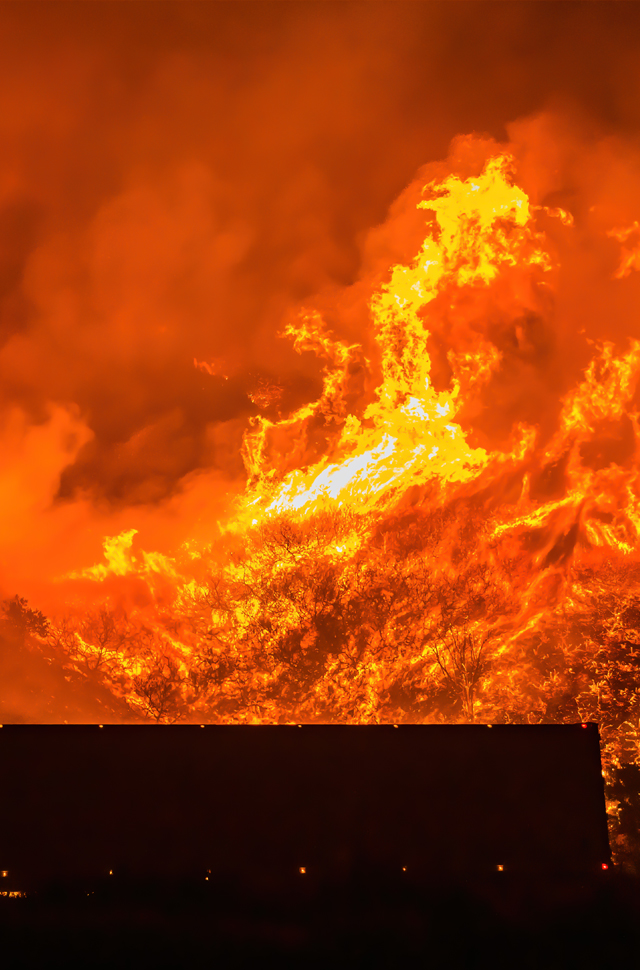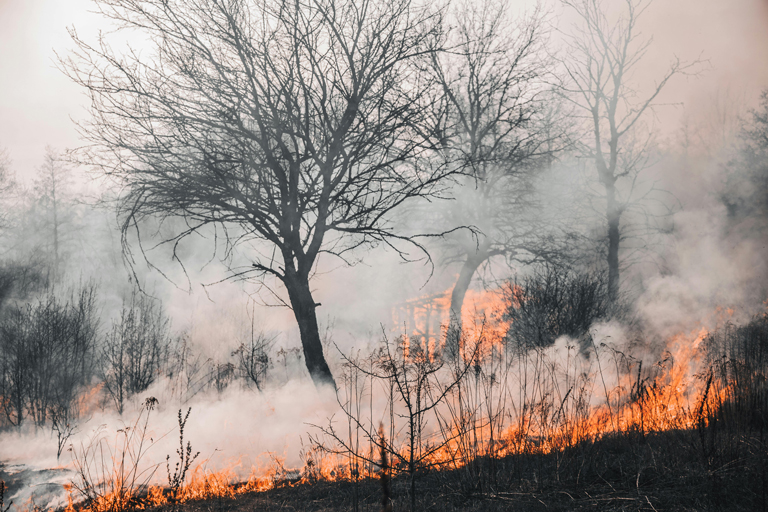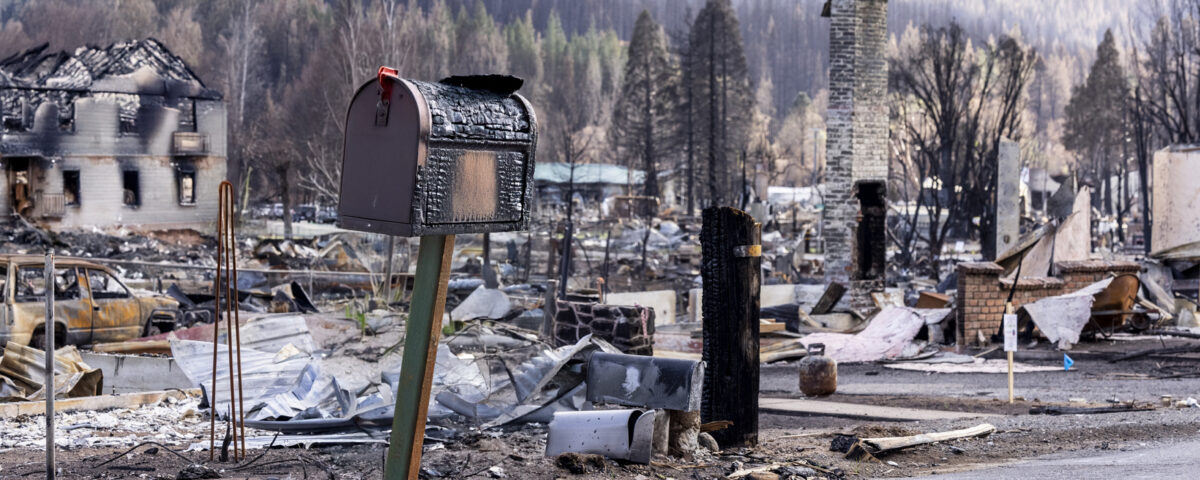
Ravaged paradise: the 2023 Maui wildfires and their far-reaching impact
June 20, 2024
The year 2020 was marked by a series of unprecedented events, such as the COVID-19 pandemic, the social unrest, and the presidential election. Among these events, one of the most devastating and impactful was the wildfire season that ravaged the state of California, especially the Bay Area. The August 2020 California lightning wildfires, also known as the August lightning siege or August wildfire siege, were a result of a rare meteorological phenomenon that sparked hundreds of fires across Northern California in mid-August 2020. The fires burned for weeks, destroying thousands of homes and businesses, killing dozens of people and animals, and creating hazardous air quality conditions for millions of residents. The fires also had global implications, as some of the smoke reached the upper atmosphere and affected the climate. In this article, we will explore the causes, impacts, and lessons of the 2020 Bay Area fire, California, and how it became a catastrophic event in the history of wildfires.
Causes of the 2020 Bay Area Fire, California
The 2020 Bay Area fire, California, was triggered by a combination of factors that created a perfect storm for wildfire ignition and spread. The main factor was a siege of dry lightning from rare, massive summer thunderstorms, which were caused by an unusual combination of very hot, dry air at the surface, dry fuels, and advection of moisture from the remains of Tropical Storm Fausto northward into the Bay Area. The lightning strikes ignited hundreds of fires in remote and rugged areas, where firefighting resources were limited and access was difficult. The fires quickly grew and merged into large complexes, such as the SCU, LNU, and CZU Lightning Complex, which burned in multiple counties and threatened urban and rural communities.
Another factor that contributed to the 2020 Bay Area fire, California, was the record-breaking heat wave that hit the state in August 2020. The heat wave was caused by a persistent high-pressure system over the western U.S., which blocked the flow of cooler air from the Pacific Ocean and created a dome of hot air over the region. The heat wave increased the evaporation of moisture from the vegetation and the soil, creating tinder-dry conditions that made the fuels more flammable and the fires more explosive. The heat wave also increased the demand for electricity, which strained the power grid and led to rolling blackouts that affected millions of customers.
A third factor that influenced the 2020 Bay Area fire, California, was the strong katabatic winds, also known as the Jarbo, Diablo, and Santa Ana winds, that periodically blew across the state in late summer and early fall. These winds are caused by the pressure difference between the high-pressure system over the Great Basin and the low-pressure system over the Pacific Ocean, which creates a gradient that drives the air downhill and accelerates it through the mountain passes and canyons. These winds are hot, dry, and gusty, and can fan the flames of existing fires and carry embers to new locations, creating spot fires and firestorms. These winds also make the firefighting efforts more challenging and dangerous, as they can change the direction and speed of the fire and create erratic fire behavior.
Impacts of the 2020 Bay Area Fire, California
The 2020 Bay Area fire, California, had devastating and lasting impacts on the people, the economy, and the environment of the state and beyond. The fires burned over 4.2 million acres, more than 4% of the state's roughly 100 million acres of land, making 2020 the largest wildfire season recorded in California's modern history. The fires destroyed or damaged more than 10,000 buildings, including homes, businesses, schools, and wineries, and displaced thousands of people from their communities. The fires also killed 31 people, including civilians and firefighters, and injured hundreds more. The fires also harmed countless animals, both wild and domestic, and destroyed their habitats and food sources.
The 2020 Bay Area fire, California, also created a public health crisis, as the smoke from the fires polluted the air quality of nearly 7.8 million residents in the San Francisco Bay Area alone, home to billion-dollar and trillion-dollar tech industry titans like Apple, Google, Tesla, Salesforce, and hundreds of others. The smoke also affected other parts of the state and the country, and even reached as far as Europe and Asia. The smoke contained fine particulate matter (PM2.5), which can penetrate deep into the lungs and cause respiratory and cardiovascular problems, such as asthma attacks, strokes, and heart attacks. The smoke also reduced the visibility and created eerie scenes of orange and red skies. The smoke also affected the mental health of the people, as they experienced anxiety, depression, and trauma from the fires and the pandemic.



